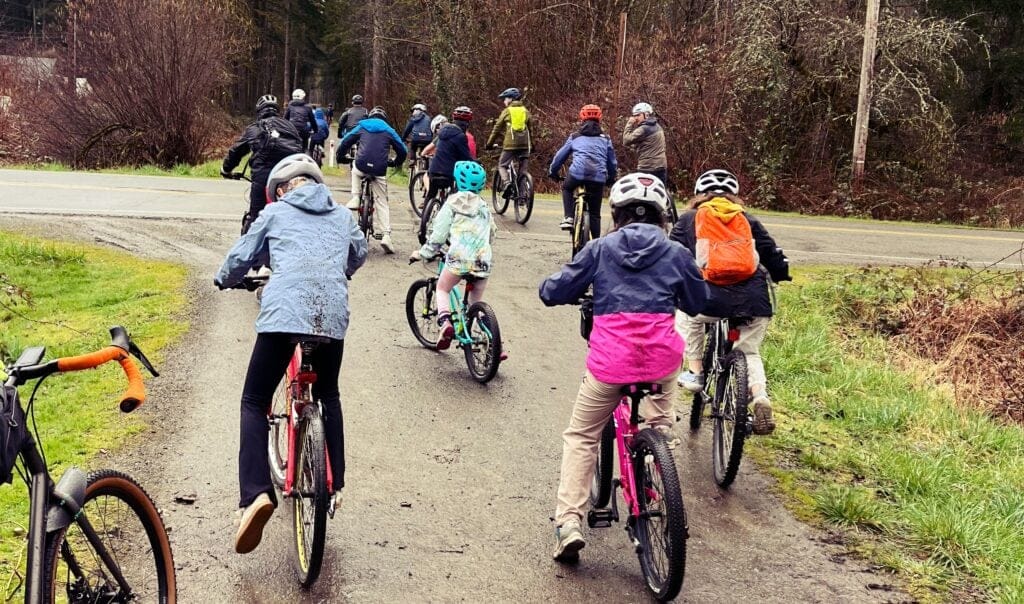
On March 31, 2022, Governor Jay Inslee signed a new law that protects your flexible work and requires rideshare companies to make new benefits, like guaranteed rates, available for all eligible drivers in the state of Washington. The law extends new protections and benefits that drivers have requested for years.
While parts of the new law will not start to take effect until December 2022, we want to make sure you’re aware of the changes.
This law protects flexibility and independence. You can continue to drive when you want. It ensures no set schedules, no bosses, no punching time clocks. (Note: different driving-time limits may apply in some cities due to local regulations. For more information about your location, go here.)
Here’s what the law offers:
Minimum earnings standard
Starting December 31, 2022, you’ll be entitled to a minimum earnings standard that guarantees time rates and distance rates that can never be lowered:
- Trips that start and end outside Seattle: $1.17 per mile and $0.34 per minute while on a trip, with a $3 per-trip minimum
- Trips that start in Seattle (or Seattle portions of trips that start outside Seattle and end in Seattle): $1.38 per mile and $0.59 per minute, with a $5.17 per-trip minimum
The per-trip, per-mile, and per-minute rates will be adjusted by the WA Department of Labor & Industries over time to account for cost-of-living increases.
Paid sick leave
Starting January 1, 2023, you’ll accrue one hour of paid sick time per 40 hours worked with passengers on a trip. (You’re eligible to start using accrued paid sick time after completing 90 hours of passenger platform time and if you have used the Uber platform as a driver within the 90 calendar days prior to making the request to take sick time.) This means when you’re not feeling well, you can focus on getting better and not worry about lost earnings.
Drivers are paid at the guaranteed earnings rate and accrue time for benefits, like sick leave and workers’ compensation, during passenger platform time.
Driver Resource Center
Next year, drivers will have access to the Driver Resource Center, where they can go if they have issues related to getting deactivated from the platform. This center helps with the investigation process and will guide drivers through the appeals process.
We know these are significant improvements, and we’ll continue to update you as we have more information. Keep an eye out for emails and messages when these changes take effect.
Frequently asked questions
- Does the new law (HB 2076) apply to both drivers and delivery people?
House Bill 2076 only applies to rideshare drivers. We’re exploring other ways to extend additional benefits to delivery people on the platform.
- When does this new law take effect?
Different provisions take effect at different times:
Provision Effective date
Minimum earnings standard
December 31, 2022
Paid sick leave
January 1, 2023
Driver Resource Center
2023 - How will I access workers’ compensation?
Drivers will receive compensation coverage through the state-run program. Click here for information on how to apply.
- How do I accrue paid sick leave?
Paid sick time is accrued only during the time drivers are carrying passengers. For drivers outside the city of Seattle, one hour of paid sick leave is accrued for every 40 hours of passenger platform time worked. Drivers outside the city of Seattle are eligible to accrue paid sick time upon recording 90 hours of passenger platform time.
- How do I use paid sick leave?
Drivers can use sick time in increments of 4 hours or more and carry over up to 40 hours of unused paid sick time to the next year.
- Why are earnings rates higher for trips that start in the city of Seattle?
In 2020, the City of Seattle approved a bill creating a minimum earnings standard for rideshare drivers. House Bill 2076 allows existing local rules in Seattle to remain in place. Seattle is also the most expensive city in the state, and the difference reflects the higher cost of living.
- Who will run the Driver Resource Center?
A yet-to-be-selected nonprofit organization not affiliated with rideshare companies would operate the Driver Resource Center, which would represent drivers when appealing deactivations.
- How does the appeals process work?
If a driver formally appeals a deactivation, Uber has 30 calendar days to provide an explanation and information about the basis for the deactivation. After the driver contests the decision, an independent panel or arbitration process will determine whether to reinstate the driver or uphold the deactivation.
Posted by Uber
Get a ride when you need one
Start earning in your city
Get a ride when you need one
Start earning in your city
Related articles
Most popular
Introducing the new Uber Eats Pro – better service, better status, better earnings



